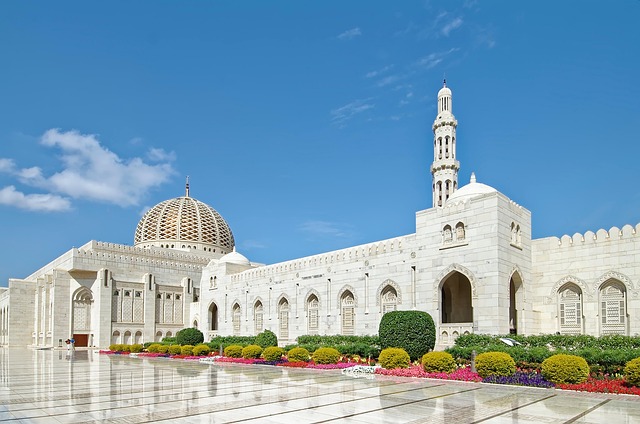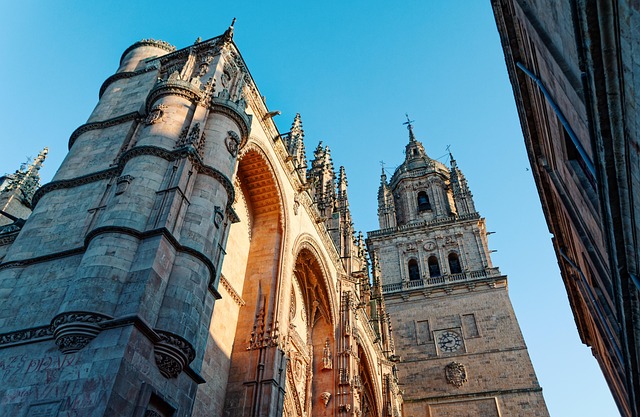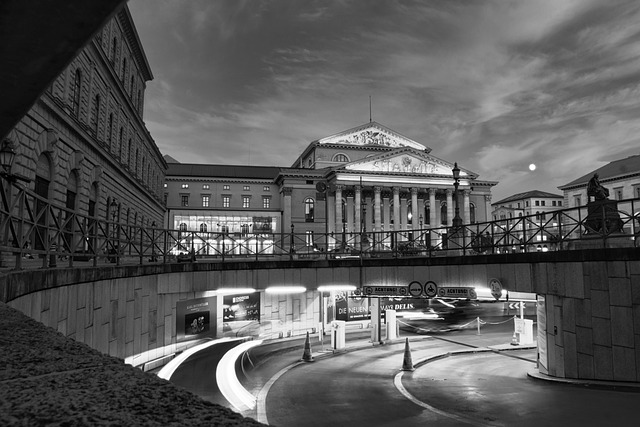Eugene, Oregon's transformation from an agricultural hub to a modern city is deeply intertwined with its unique transportation history. Starting from horse-drawn carriages and streetcars, the city embraced technological advancements like railroads and automobiles, leading to significant infrastructure developments. Today, Eugene boasts an integrated transit system, blending historical elements with modern solutions like bike lanes and pedestrian-friendly streets, showcasing its commitment to a sustainable future while preserving its rich past in urban planning.
Eugene’s transformation into a modern city is deeply intertwined with its transportation evolution. From the horse-drawn carriages of its early years to the bustling highways of today, each mode of transport has left its mark on the urban landscape. This article explores Eugene’s transportation history, tracing the arrival of railroads, post-WWII automobile dominance, and the contemporary balancing act between past and future infrastructure. Discover how these changes have shaped the vibrant city we know today.
- Evolution of Transportation: From Horse-drawn Carriage to Modern Era
- Eugene's Early Years: A City with Limited Mobility
- The Arrival of Railroads and Their Impact on Urban Development
- Post-World War II: Automobile Dominance and Infrastructure Changes
- Contemporary Transportation Landscape: A Balancing Act Between Past and Future
Evolution of Transportation: From Horse-drawn Carriage to Modern Era

Eugene’s transformation into a modern city is closely tied to its evolution in transportation, reflecting a journey from horse-drawn carriages to the sleek, efficient systems of today. Historically, travel within and around Eugene was dominated by horses and buggies, with carriage services providing a means of transport for residents and visitors alike. This era set the stage for the city’s eventual development into a hub of connectivity.
As time progressed, the introduction of automobiles sparked a revolution in Eugene transportation. The 20th century brought about the infrastructure needed to accommodate motor vehicles, including paved roads and eventually, an extensive network of buses and public transit systems. This transition not only facilitated faster travel but also had a profound impact on urban planning, shaping the layout of neighborhoods and commercial districts we recognize today as part of Eugene’s modern identity.
Eugene's Early Years: A City with Limited Mobility

Eugene, a city in Oregon, has undergone a remarkable transformation over the years, especially in its transition from a relatively isolated agricultural hub to a modern urban center. In its early years, Eugene was characterized by limited mobility options, reflecting its rural roots. The transportation landscape of this time was dominated by horses and carriages, with the city’s layout designed to accommodate these modes of travel. Streets were narrow, and the absence of an extensive public transit system meant that getting around often involved long walks or leisurely rides.
The history of Eugene’s transportation is intertwined with its growth as a regional trade center. As the city expanded, so did the need for more efficient mobility solutions. The late 19th and early 20th centuries saw the introduction of streetcars, which became a popular mode of public transportation, offering a faster alternative to horse-drawn carriages. These early transportation developments laid the groundwork for Eugene’s eventual evolution into a city with a modern, integrated transit system.
The Arrival of Railroads and Their Impact on Urban Development

The arrival of railroads in Eugene marked a pivotal moment in its transportation history and had a profound impact on urban development. The first railway lines were laid in the mid-19th century, connecting Eugene to nearby cities and facilitating the movement of people and goods. This new mode of transport revolutionized travel and trade, leading to a significant influx of settlers and economic growth.
With improved accessibility, Eugene underwent a transformation as businesses and industries flocked to the city. The railroad enabled the efficient shipment of local products, fostering the development of various sectors. As a result, the urban landscape changed dramatically, with new buildings, infrastructure, and neighborhoods emerging to support the burgeoning population. This period laid the foundation for Eugene’s modern-day metropolitan status, forever altering its transportation history and shaping its future.
Post-World War II: Automobile Dominance and Infrastructure Changes

After World War II, Eugene’s landscape began to transform, mirroring the national trend towards urban expansion and automobile dependency. The post-war era saw a surge in car ownership, leading to significant changes in the city’s infrastructure. As more residents acquired vehicles, the need for efficient transportation networks became paramount. The once-densely populated neighborhoods with walkable distances gave way to suburban sprawl, requiring the construction of extensive highway systems and broader streets.
This period marked a turning point in Eugene’s transportation history. The establishment of major thoroughfares like Interstate 5 and the expansion of local roads facilitated easier access to outlying areas. The city’s once-vibrant public transit system gradually declined as personal vehicles became the preferred mode of travel. This shift had profound implications for urban planning, shaping the modern layout of Eugene with its extensive road network and suburban developments.
Contemporary Transportation Landscape: A Balancing Act Between Past and Future

Eugene’s transformation into a modern city is evident in its evolving transportation landscape, which beautifully balances its rich history with innovative future-forward solutions. Historically, the city relied on horse-drawn carriages and streetcars for movement, reflecting a slower pace of life. Over time, this transitioned to automobiles, reshaping the urban environment with highways and parking lots.
Today, Eugene navigates a delicate balance by integrating new modes of transportation. Bike lanes and pedestrian-friendly streets cater to eco-conscious residents and visitors, promoting active commuting. Additionally, public transit systems, including buses and light rail, offer efficient and sustainable alternatives, reducing congestion and emissions. This blend of old and new underscores Eugene’s commitment to a future that honors its past while embracing technological advancements.
